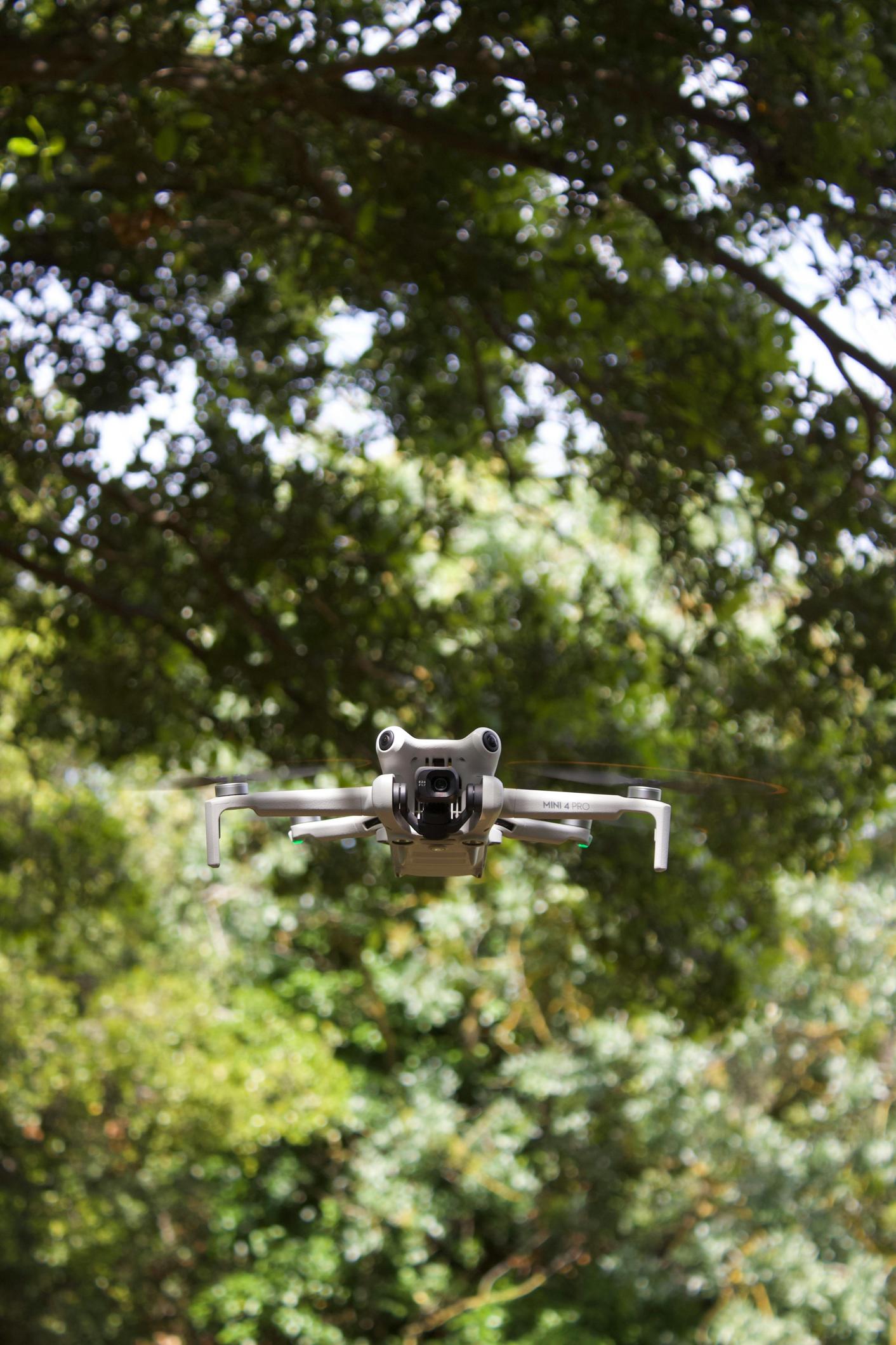Drones with Obstacle Avoidance: Navigating the Future of Drone Technology
Introduction
Drones have revolutionized various industries, from aerial photography to agriculture. One of the most impressive advancements in drone technology is obstacle avoidance. This feature not only boosts safety but also enhances the user experience. Whether you're a beginner or a seasoned pilot, understanding how drones with obstacle avoidance work can help you make a more informed purchase.

What is Obstacle Avoidance in Drones?
Obstacle avoidance in drones refers to the technology that enables a drone to detect and avoid physical barriers during flight. This is crucial for preventing collisions that can damage the drone and its surroundings. Advanced drones use a combination of sensors and software algorithms to achieve this, allowing for safer flight paths and a reduced risk of accidents.
The sophistication of obstacle avoidance systems varies. While some drones can only detect obstacles directly in front of them, others are equipped with sensors that provide 360-degree awareness. This makes it easier to navigate complex environments, ensuring that even novice users can fly with confidence.
How Do Drones with Obstacle Avoidance Work?
The mechanism behind obstacle avoidance is a blend of hardware and software working in harmony. Drones use an array of sensors such as cameras, ultrasonic sensors, infrared sensors, and LiDAR to detect obstacles. Once an obstacle is detected, the drone's onboard computer processes this information in real-time to make decisions about altering the flight path.
- Detection: Sensors like cameras and LiDAR scan the surroundings.
- Processing: The onboard computer analyzes sensor data to identify obstacles.
- Action: Based on the data, the drone either stops, slows down, or navigates around the obstacle.
This seamless integration ensures that the drone can adapt to changing environments and maintain a safe flight path. Advances in machine learning and artificial intelligence are continually improving these systems, making them more reliable and efficient.

Types of Sensors Used in Obstacle Avoidance
Several types of sensors are commonly employed in obstacle avoidance systems, each with its unique advantages and limitations:
- Cameras: Visual sensors capture images that the onboard computer processes to recognize obstacles. They're great for daylight use but can struggle in low-light conditions.
- Ultrasonic Sensors: These sensors use sound waves to detect objects. They're reliable in a variety of conditions but have a limited range.
- Infrared Sensors: Infrared sensors detect heat signatures from objects. They are useful for detecting humans and animals but can be less effective for cooler obstacles.
- LiDAR: Light Detection and Ranging (LiDAR) uses laser beams to measure distances. It's incredibly accurate and works well in various conditions but can be expensive.
Combining multiple sensor types can offer a more comprehensive obstacle avoidance system, compensating for the limitations of individual sensors and enhancing overall accuracy.

Top Drones with Obstacle Avoidance in 2024
As technology advances, several drones have emerged as leaders in obstacle avoidance:
- DJI Mavic 3: Known for its 360-degree obstacle sensing and robust AI for advanced tracking.
- Autel Robotics EVO II: Features 12 computer vision sensors and omnidirectional binocular sensing.
- Skydio 2: Uses six 4K cameras for seamless 360-degree obstacle avoidance and is lauded for its impressive AI capabilities.
These drones not only offer state-of-the-art obstacle avoidance but also come with a suite of additional features that make them ideal for various applications, from professional filmmaking to recreational flying.
Benefits of Using Drones with Obstacle Avoidance
Utilizing drones with obstacle avoidance brings numerous advantages:
- Safety: Reduces the risk of collisions, protecting both the drone and surrounding objects.
- Ease of Use: Makes it simpler for beginners to fly drones without constant worry about crashes.
- Efficiency: Enables smoother and more efficient flight paths, which is especially useful in professional applications like surveying and filmmaking.
- Automation: Allows for more autonomous flight operations, freeing pilots to focus on other aspects of their projects.
These benefits make obstacle avoidance a valuable feature, whether you're capturing stunning aerial footage or using drones for more technical tasks.
Practical Applications of Obstacle Avoidance Drones
Drones with obstacle avoidance technology are making significant strides across various fields:
- Aerial Photography: Allows photographers to focus on capturing the perfect shot without worrying about mid-air collisions.
- Agriculture: Enables drones to navigate through fields, avoiding trees, poles, and other obstacles while spraying crops or collecting data.
- Surveying and Mapping: Improves the efficiency of terrain mapping by allowing drones to navigate complex landscapes with ease.
- Search and Rescue: Enhances the ability to scout difficult terrains, making it easier to locate missing persons or assess disaster-stricken areas.
These applications demonstrate the versatility and value of obstacle avoidance technology, making it a must-have feature for modern drones.
Challenges and Future Prospects
While the technology behind drones with obstacle avoidance is impressive, it's not without challenges. Issues like sensor limitations, software malfunctions, and the high cost of advanced systems can pose hurdles. However, continuous improvements in AI and sensor technology are likely to address these concerns.
Future prospects are promising, with innovations expected to enhance the accuracy and reliability of obstacle avoidance systems. This will make drones even more capable, expanding their use to new and exciting applications.
Conclusion
Drones with obstacle avoidance represent a significant leap forward in drone technology. They offer enhanced safety, ease of use, and a range of practical applications that make them invaluable tools in various fields. As technology continues to evolve, the capabilities of these drones are expected to grow, opening up new possibilities for both recreational and professional users.
Frequently Asked Questions
What is the best drone with obstacle avoidance for beginners?
The DJI Mini 3 Pro is a great option for beginners, offering user-friendly controls and robust obstacle avoidance features.
How does obstacle avoidance improve drone safety?
Obstacle avoidance systems detect and navigate around physical barriers, significantly reducing the risk of collisions and ensuring safer flights.
Are drones with obstacle avoidance more expensive?
Generally, drones with advanced obstacle avoidance technology tend to be more expensive due to the high cost of sensors and sophisticated software required.



